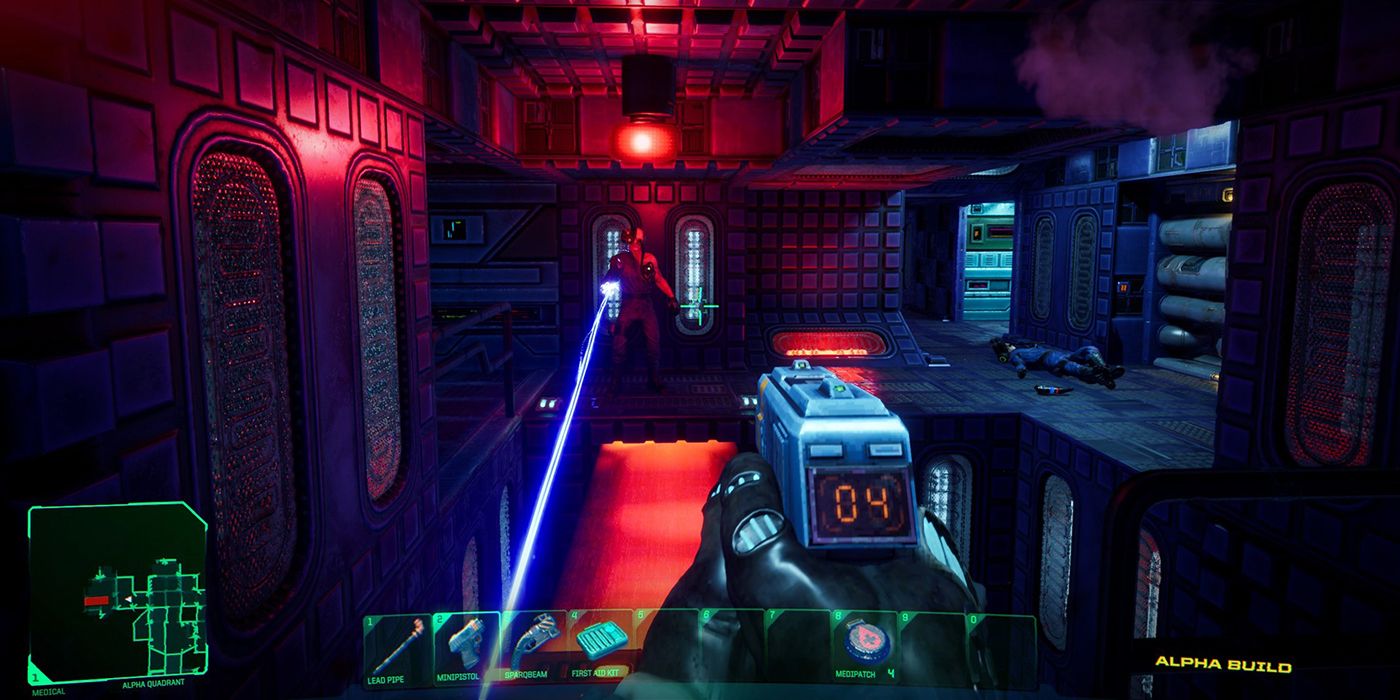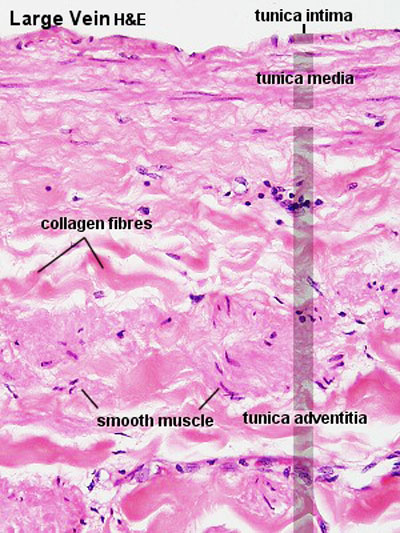



Heart rate and respiratory rate are well above normal, until crashing to low rates incompatible with life. The heart's functioning continues to spiral downward, and the kidneys usually shut down completely. In Stage III of shock, the length of time that poor perfusion has existed begins to take a permanent toll on the body's organs and tissues. Heart rate, breathing rate are still above normal and blood pressure may be close to normal or below normal. Oxygen deprivation in the brain causes the patient to deteriorate to V, P, U on the AVPU scale. The systems of the body are unable to improve perfusion any longer, and the patient's symptoms reflect that fact. In Stage II of shock, these compensation methods begin to fail. The patient in this stage of shock has primarily vital sign changes and aggressive treatment may slow progression. Since the patient is compensating, the patient's blood pressure is likely within normal limits. These compensatory mechanisms serve to maximize blood flow to the most important organs and systems in the body. Pale skin, cool skin, and blue-tinged lips are a result of inadequate perfusion of the skin. The patient is likely to be awake on the AVPU scale, but may have altered mental status like confusion, irritability or lethargy.īecause the body is attempting to main critical systems, such as the brain, heart, liver and kidneys, you may notice changes in the patient's skin condition. The result of that activation is that the heart beats faster (tachycardia), breathing is faster (tachypnea) the blood vessels throughout the body become smaller in diameter (vasoconstriction), and the kidneys work to retain fluid in the circulatory system. In Stage I shock low blood flow (perfusion) is first detected, a number of systems are activated in order to maintain/restore perfusion.



 0 kommentar(er)
0 kommentar(er)
